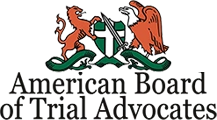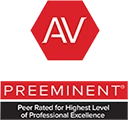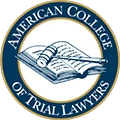PARKING LOT ISSUES AND CASES
Louisiana law is not written in favor of those people who trip and fall or slip in fall…
Louisiana law is not written in favor of those people who trip and fall or slip in fall…
Louisiana law does not favor the victim in these types of personal injury cases. A much heavier burden…
Let’s face it, insurance is not cheap. Insurance is something you hope you never need, but when you…
Navigating Reduced Visibility: Safe Driving Practices for Challenging Conditions Driving is a responsibility that requires vigilance, attentiveness, and…
BASIC LOUISIANA INSURANCE LAW Car wrecks happen daily: Vehicular wrecks happen daily, frequently causing serious injuries, death, and…
FALSE ASSUMPTIONS ABOUT MOTOR VEHICLE CRASHES AND WHY SEATBELTS ARE IMPORTANT Many people, if not almost all, believe…
Roundabouts are also called traffic circles. Roundabouts are one-way, circular intersections designed to improve safety and efficiency for…
Car wrecks happen daily: Vehicular wrecks happen daily, frequently causing serious injuries, death, and property damages. So it’s…
CENTER TURN LANE Some two-way streets have a center turn lane, which makes it easier for vehicles to…
Fields marked with an * are required
"*" indicates required fields
Great attorney, honest, hard working, you won't find better. Simply excellent.
Very personable service with your needs as their focus. You are not just a number. You are important to them as a person.
I had an awesome experience with Law Firm and I would highly recommend them. Thank You Mr. Richard and your team.

National Association of Distinguished Counsel

The American College of Trial Lawyers

Martindale-Hubbell® (AV Preeminent® Rating)

The American College of Trial Lawyers
© 2025 Law Offices of Richard R Kennedy • All Rights Reserved. Disclaimer | Site Map | Privacy Policy. Digital Marketing By: ![]()